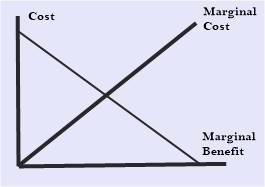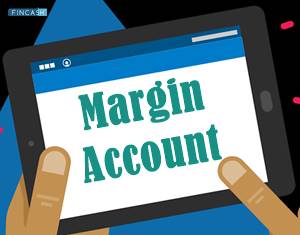
Table of Contents
Marginal Benefits
What are Marginal Benefits?
Marginal benefit refers to the maximum price the individual is willing to pay for the additional unit of the particular good or service. It is also defined as the additional satisfaction the person receives when they buy the extra unit of the product. In economical contexts, the marginal benefit of the consumption decreases when the number of units the customer purchases increases. In other words, the customer receives lesser satisfaction when they consume additional units of the same product. In the business and financial contexts, the term marginal benefit is synonymously used with Marginal Revenue.

This concept applies to all the extra units you buy after the consumption of the first unit. It is also known as a marginal utility. The marginal utility can differ from person to person and it depends on the level of satisfaction you get from the consumption of the first unit. It is believed that the consumer is willing to spend extra bucks on the same product only when the Intrinsic Value matches the amount they paid for the product. For example, if you order a plate of pasta that costs you INR 350, then its intrinsic value or the level of satisfaction you get from its consumption is worth the price you paid for it.
Marginal Utility Decreases when the Quantity Consumed Increases
As the number of additional units keeps increasing, the satisfaction from the consumption decreases. You won’t feel as satisfied with the consumption of the additional unit as you did with the first unit. Let’s understand this with the above example.
Suppose the customer orders an additional plate of Pasta worth INR 350. If the customer is ready to pay the same amount for the second plate of pasta, then the marginal benefits of this unit will be INR 350. However, if the customer is willing to spend only INR 300 on this second plate, then its marginal benefit will be equal to INR 300. That means the more pasta you have, the lesser you will want to pay for the additional units. The marginal benefits of the goods or service decrease when the quantity you consume increases.
Talk to our investment specialist
However, it doesn’t apply to all products. There are some exceptions, such as the prescribed medicines. As long as the tablets are keeping you in a good condition, their value will not decrease (no matter how much or how often you consume them). Similarly, other daily-use products, such as bread and milk do not lose their intrinsic value. These are the necessities that have stable marginal benefits.
Marginal Utility for Businesses
The marginal utility has many applications for businesses. It is important to know that your customer is highly likely to compare the cost of the product to the marginal benefit. You need to establish the prices of the product keeping your audience’s marginal benefit in mind. They will not spend on an additional unit of the product if the marginal benefit they receive is lower than the price of the product.
All efforts have been made to ensure the information provided here is accurate. However, no guarantees are made regarding correctness of data. Please verify with scheme information document before making any investment.












